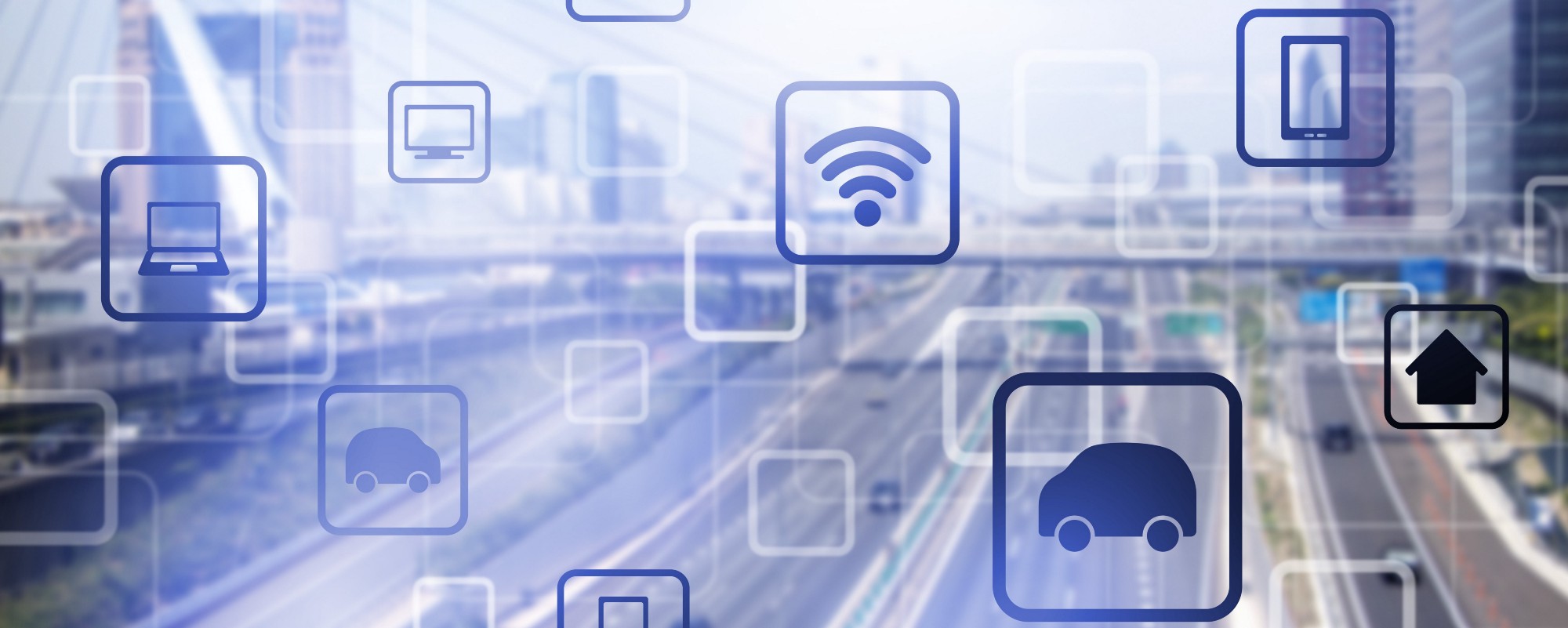
DAV is a computer network building the internet of transportation by converging two breakthrough technologies which will define the next 20 years: Utility tokens using blockchain technology & autonomous vehicles.
A future of decentralized vehicle networks promoted by DAV, along with shared and connected cars could transform the transportation industry and distribute wealth more evenly between the automakers, users, drivers, and service providers.
Utilizing the the DAV token for intermodal transport - maximizing network effects
Transportation business models relate to three types of car sharing:
Sharing the same car by separate passengers at different times (e.g. regular taxis)
Sharing individual trips by passengers going in the same direction (e.g carpooling, uberPool)
Sharing multiple trips by inter-modal transport (fixed or semi-fixed shared routes e.g. uberPool & Via or bus & train, etc...)
All car sharing models are relevant for both human-driven (non autonomous) cars and driverless cars. Uber & similar companies are already widely implementing the first 2 types of sharing, while companies like Via are implementing all 3 types of car sharing. All of the above use cases could benefit from a token such as DAV to enable seamless payment, although legacy credit cards and smartphone apps are enough to implement the first 2 types, where only one mobility (car) provider is involved. So while decentralization is not critical for the first 2 types of car sharing, it becomes critical for the efficient transfer between the same vehicle type (e.g. transferring between cars driving in an ideal route to maximize the number of shared miles) or transferring between cars, trains, buses, and future drones.
A common use case is transferring from smaller cars shared by 3-5 passengers arriving from the suburbs to larger cars or vans in crowded central business districts during rush hour, shared by 6-20 passengers. When this type of transfer is required between different mobility providers in order to maximize sharing efficiency and reduce congestion, all mobility providers and passengers must be connected to the same network in order to plan the ideal routes according to real time supply of vehicles and real time demand of travel routes. This is already relevant with human-driven (non autonomous) cars, but becomes even more crucial when driverless cars will be further adapted and will have to be connected to the network at all times. DAV's vision is to maximize network effects by creating one standard token and protocol for communication between all transportation players to prevent a situation where either one mobility player eventually captures the entire market or there are transportation inefficiencies because of too many mobility providers.
For more information about DAV, see the following channels:
Website: https://dav.network/
Telegram: https://t.me/DAVNetwork
Twitter: https://twitter.com/davnetwork
Facebook: https://www.facebook.com/DAVNetworkTeam